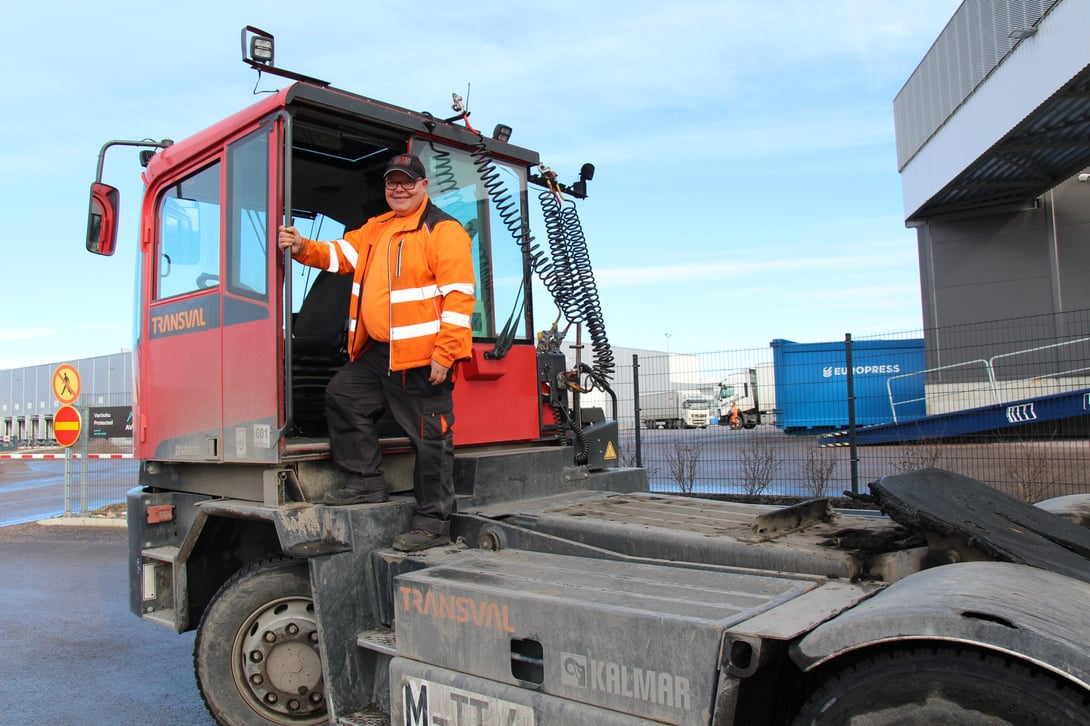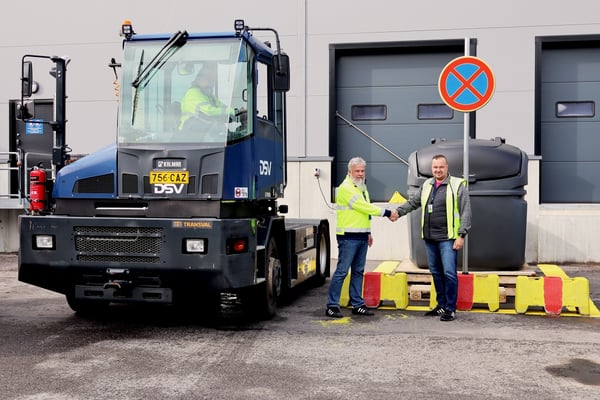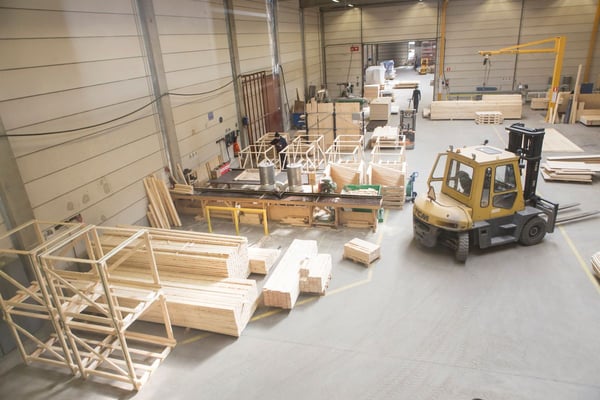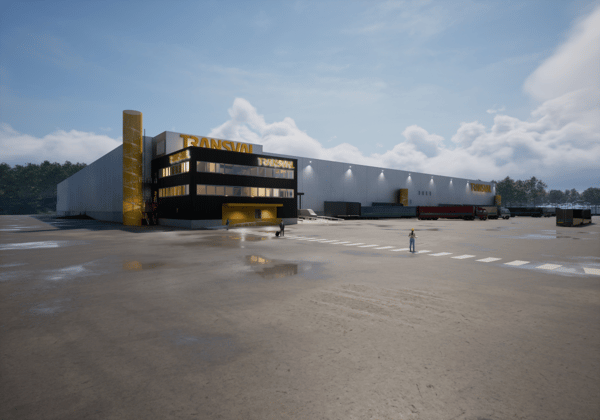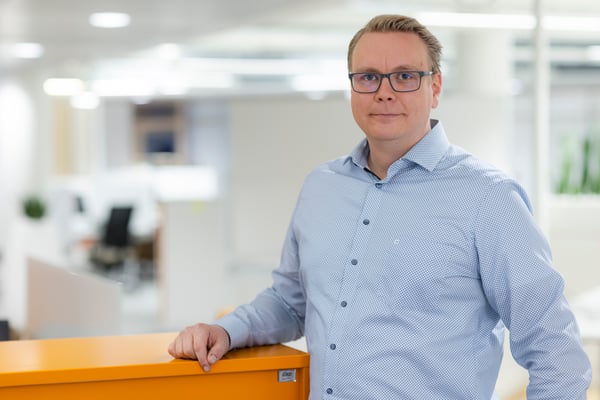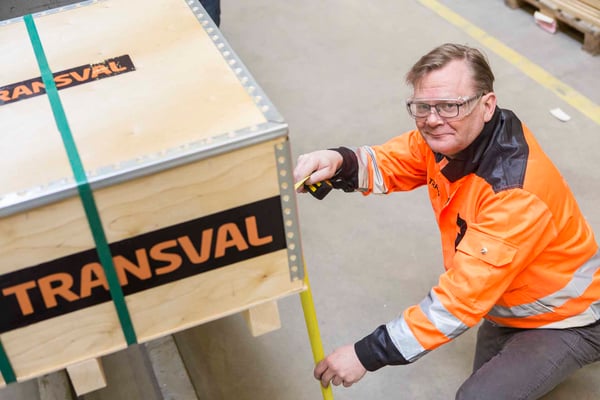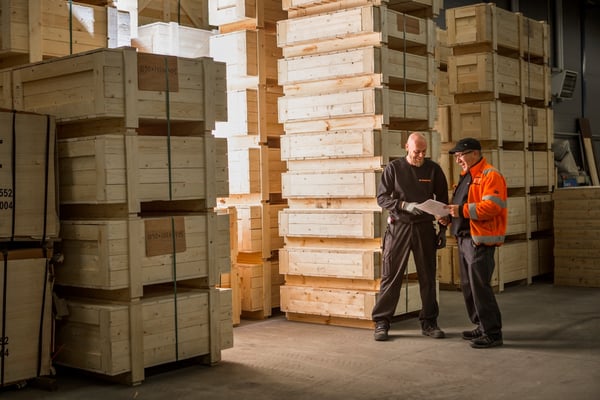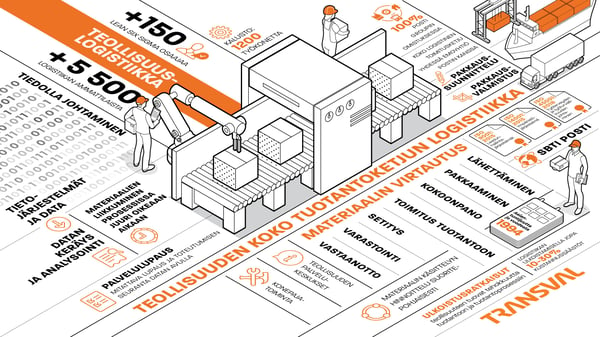In ports and freight terminal yards, hundreds of combined transport vehicles, trucks, are on the move, usually non-stop, every day of the year. The trucks bring in goods on their trailers, unload and reload the cargo, and then continue their journey with a full load somewhere in the world. The schedule is busy and precise.
To keep the goods moving optimally, the port and terminal area needs a large number of in-demand train drivers. They move the trailers of the trucks. A massive 12,000 kg terminal tractor is used for this job - it can also move loads horizontally.
Janne Kuoremäki is one of Transval's professionals. He has almost 20 years of experience behind him with the booms of a terminal tractor.
"The tractor operators often work in three shifts and the amount of work varies during the shift. That's when prioritisation skills and the ability to cope with pressure play an important role. In one shift, I move around 60 trailers of a combined transport vehicle. Naturally, the work requires above all vehicle handling skills, attentiveness, patience and calmness. We are moving large masses of truck traffic and this is a job that is not to be taken lightly. Even in a busy moment, you have to keep a calm mind. For us, the most important thing is safety at work and, of course, the safety of the material," says Janne.
Teaching from our own masters
There is no formal training for the job of a traction engineer driver, but it is learned in a master craftsman style. Janne says that you can only learn the skill of reversing by doing and practising. The instructor is always a Transval employee, who has been a traction engineer for a long time. You could say that Transval has its own traction master program.
- In the more than 26 years of Transval's history, we have had several traction engineers on the job. Our own professionals have developed the safest and most appropriate way for us to train new professionals.
Janne recalls that in the old days, the driver of a locomotive engineer would receive instructions for his work on an exclamation point (a.k.a. a la telephone), from which things were written down by ear in a notebook. Today, Transval has tablets on which the supervisor transmits information on which trailers are moved to and from the loading dock and in what order. Janne says digitalization increases safety and efficiency
- We have a free hand to drive the terminal tractor. No need to drive, write, listen and shout into the shouting box at the same time. All the information you need is updated on your tablet. That means optimum material flow, with trailers always driven to the right door at the right time. Everyone's work is streamlined. I wouldn't be able to remember with any certainty the sequence of the 60 or so trailers that are driven during the shift, or their agreed loading dock, if I had my own memory.
Everyone must get home from work in good health.
Safety at work is the number one priority for Transval's day-to-day operations. Everyone must get home from work in good health. The company has been awarded all three major quality, environment and safety certifications.
All three certificates are not common in the logistics sector. In particular, ISO 45001, which focuses on occupational health and safety, is still rare in the logistics sector. The advantage of standards is that they guide standardized behaviour. Once a standardized approach is in place, the process can be systematically developed. Standards provide the basis for development to achieve better occupational safety, better quality, reduced environmental impact and time savings.
"The safety of ourselves, all our employees and our customers' employees is our number one priority. We want to lead the way not only in logistics expertise but also in safety. In logistics, every moment counts. That means responsible efficiency, safety and service capability," Janne sums up.

